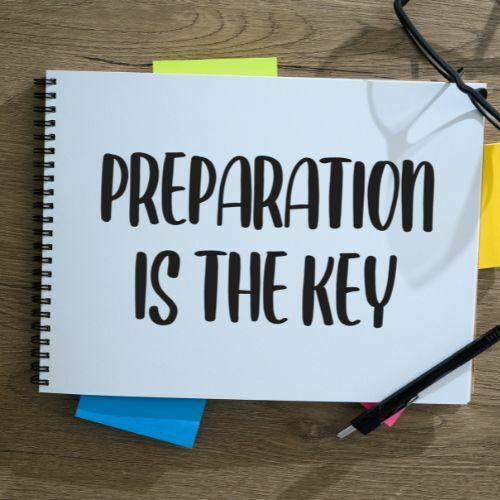
An asset register app can prove to be beneficial to a business as it can effectively help business owners to keep a detailed list of their assets. This can often be easier said than done, particularly if a business has multiple locations. However, the right asset register app can make life a lot easier. Once an asset app has been downloaded, it’s time to prepare an asset register.
How To Prepare An Asset Register
Think about all of the assets that you have and those that you wish to add to your asset register app. You do not have to add all of your assets to the app unless you wish to do so.

Selecting Assets To Add To The Register
Visit all of your locations or walk around your building and identify all of your assets. Make sure you add all of your assets to the app, including the newest assets and those you no longer use. Even the assets that you do not use but remain in your possession are likely to be of value.
Adding Assets To The Register
All that is required to add an asset to the register is for you to:
- Attach a barcode to an asset
- Scan the barcode to create a digital profile
- Add the asset’s information to the register
Some asset apps allow you to upload photographs of your assets. This can prove to be very useful if you need to find an asset quickly. It can also prove to be useful if an asset has been damaged and you want to show the maintenance team the extent of the damage.
Entering Information About Each Asset
- Product name
- Serial number
- Date of purchase
- Insurance information
- Warranty details
- Maintenance schedule
- Instruction manual
- Current and former users of the asset
- Potential resale value of the asset
- Potential current value of the asset
The more information that you can add about each asset, the better. If you upload a copy of the instruction manual, for example, you can save yourself time in the future. Knowing that you can access the manual via your app means you can potentially find the information you need within moments. You may no longer need to search online for a user manual, you can simply find what you need whenever you need it.
Tracking All Of Your Assets
As soon as you attach a barcode or in some cases a QR code to an asset, it makes tracking the asset’s location easier. However, this all depends on the app you choose to use. Some simply allow you to track an asset’s details rather than its location. If tracking the location of your assets is important to you, opt for an app that offers you this option.

Try itemit
Choose a better way to track
your assets.
Start your free 14-day trial now!

Keep Learning
itemit Blog
Tips, guides, industry best practices, and news.
How To Conduct an Asset Audit: Program Guide
Our guide teaches you how to conduct an asset audit. It also provides best practices, processes, and recommendations for ensuring accurate asset tracking.
How to Keep Track of Computer Inventory
Keeping track of all of your computer inventory isn’t easy. Read this article now to learn how to make computer inventory management work!
How Does Asset Tracking Software Save Your Business Money
The right asset tracking software can help to save your business money in a variety of ways. Read this article to find out how!


